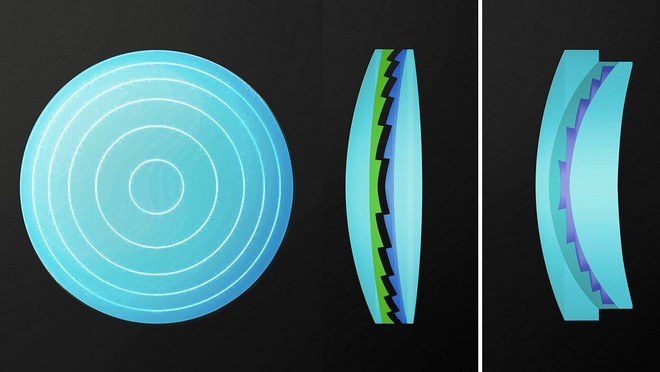Diffractive Optics: What They Are And How To Use Them?
When it comes to optics, there are a variety of different types that you can use for your application. One such type is diffractive optical elements (DOEs). But what are DOEs, and how can you use them? Let’s take a closer look.
What Are Diffractive Optics?
DOEs are optical elements that cause light to spread out in a specific pattern. This pattern can be customized depending on the needs of your application.
For example, if you need to create a beam of light with a very specific shape, diffractive optics can be used to do just that. Additionally, because DOEs disperse light, they can also be used to improve the performance of optical systems by increasing their efficiency.
There are several ways to create diffractive optical elements. One common method is to use a diffractive optical lithography (DOL) system. DOL systems use light to create patterns on a surface. This can be done with a variety of different materials, including plastics, metals, and glasses.
5 Benefits Of Diffractive Optics
There are many benefits to using diffractive optics in your optical system. Here are five of the most important:
- reducibility – diffractive optics can be made much smaller than comparable refractive optics
- precision and accuracy – because the fabrication process fixes the phase profile, diffractive optics offer high levels of accuracy and precision
- wide range of applications – due to their unique properties, diffractive optics can be used in a wide range of applications from microscopy to telecommunications
- low cost – while not always the cheapest option, diffractive optics often provide good value for money when compared to other optical technologies
- flexibility – as they can be manufactured in a variety of shapes and sizes, diffractive optics offer great flexibility in terms of design
The Future Of Diffractive Opticals
There’s no doubt that diffractive optics are the future of the optical industry. With their ability to create more complex and accurate shapes, they’re perfect for a wide range of applications. And with continued advancements in this technology, we can only expect even better things from diffractive optics in the future!
The Bottom Line
To sum it up, if you need to create custom diffractive optical elements for your application, many companies offer this service. So if you’re looking for a way to improve the performance of your optical system, consider using diffractive optics – they may be just what you need! We hope that this was helpful!


Comments are closed.